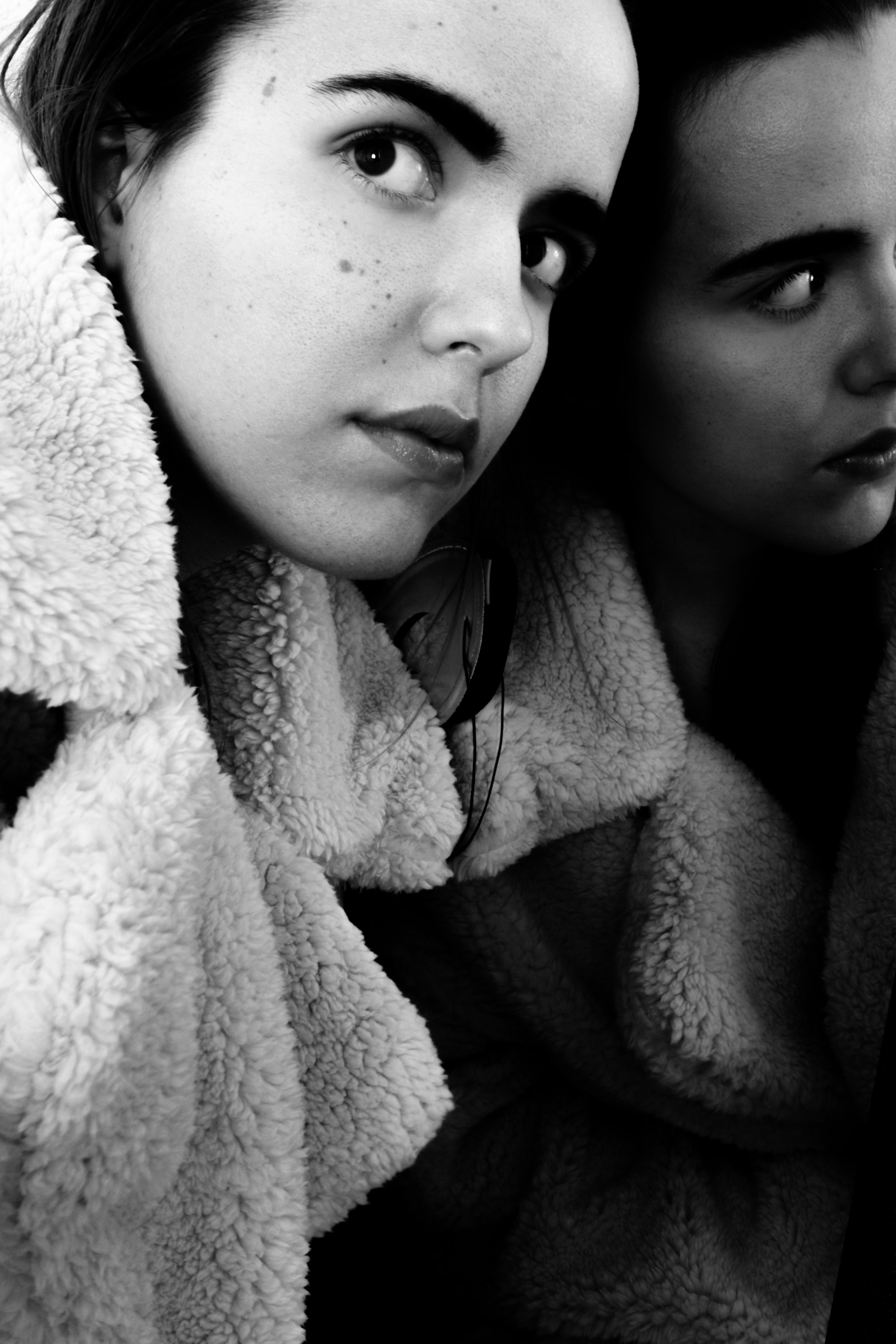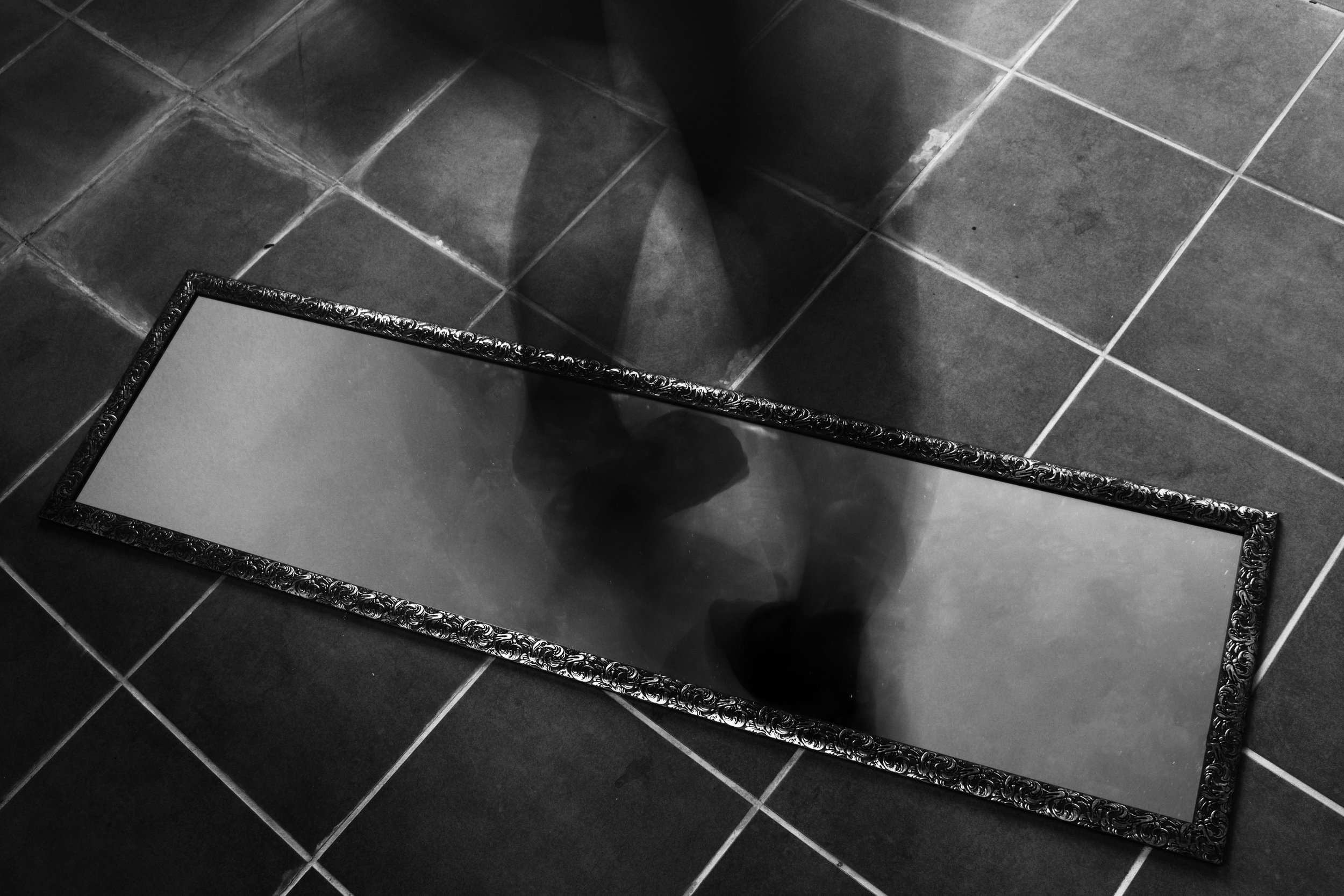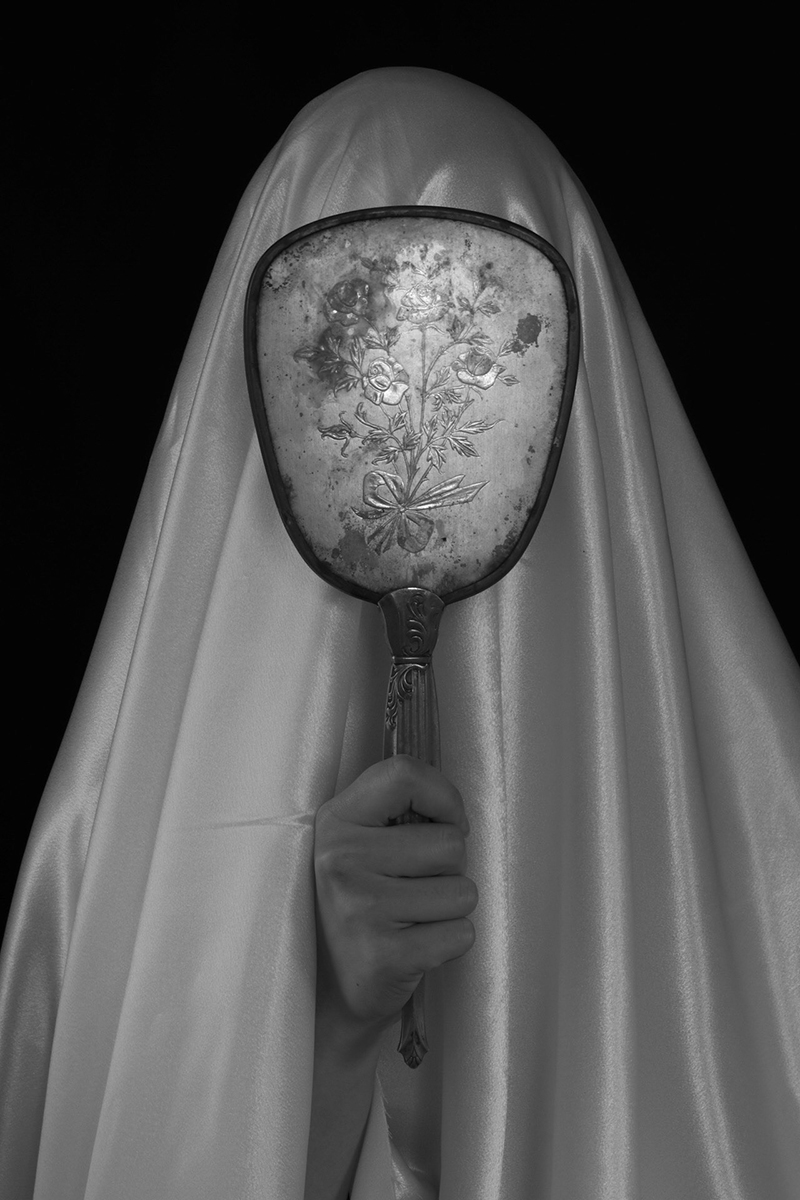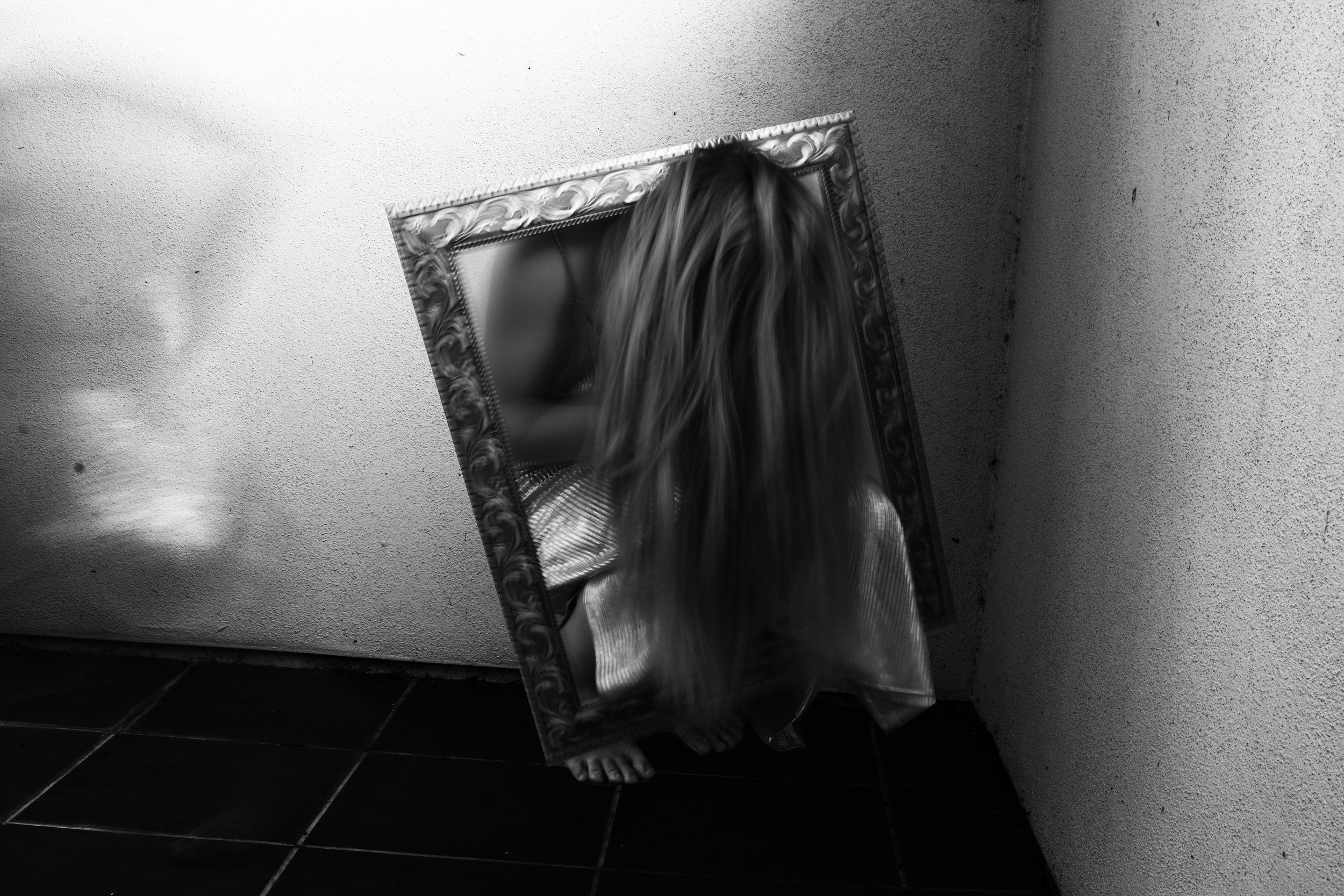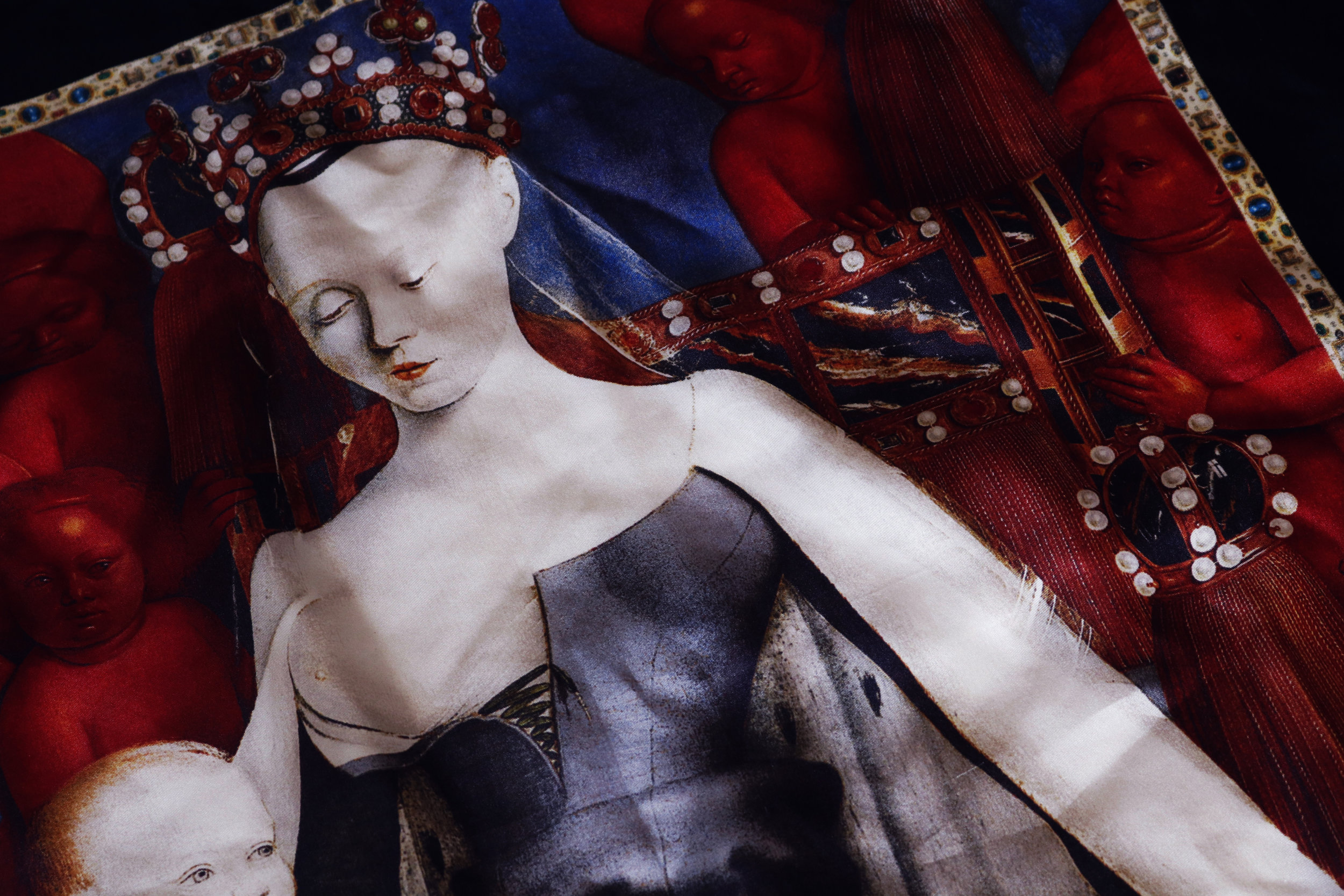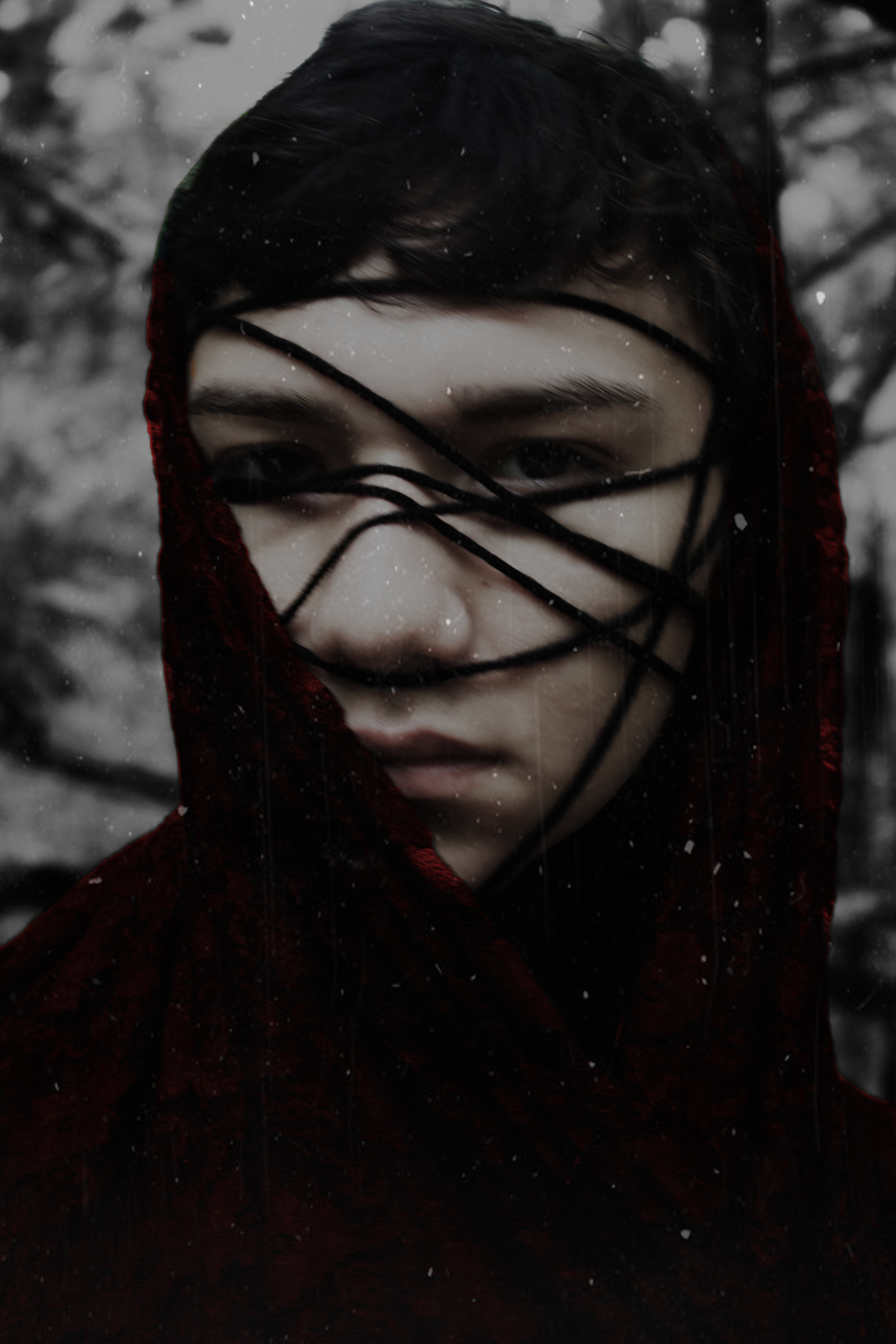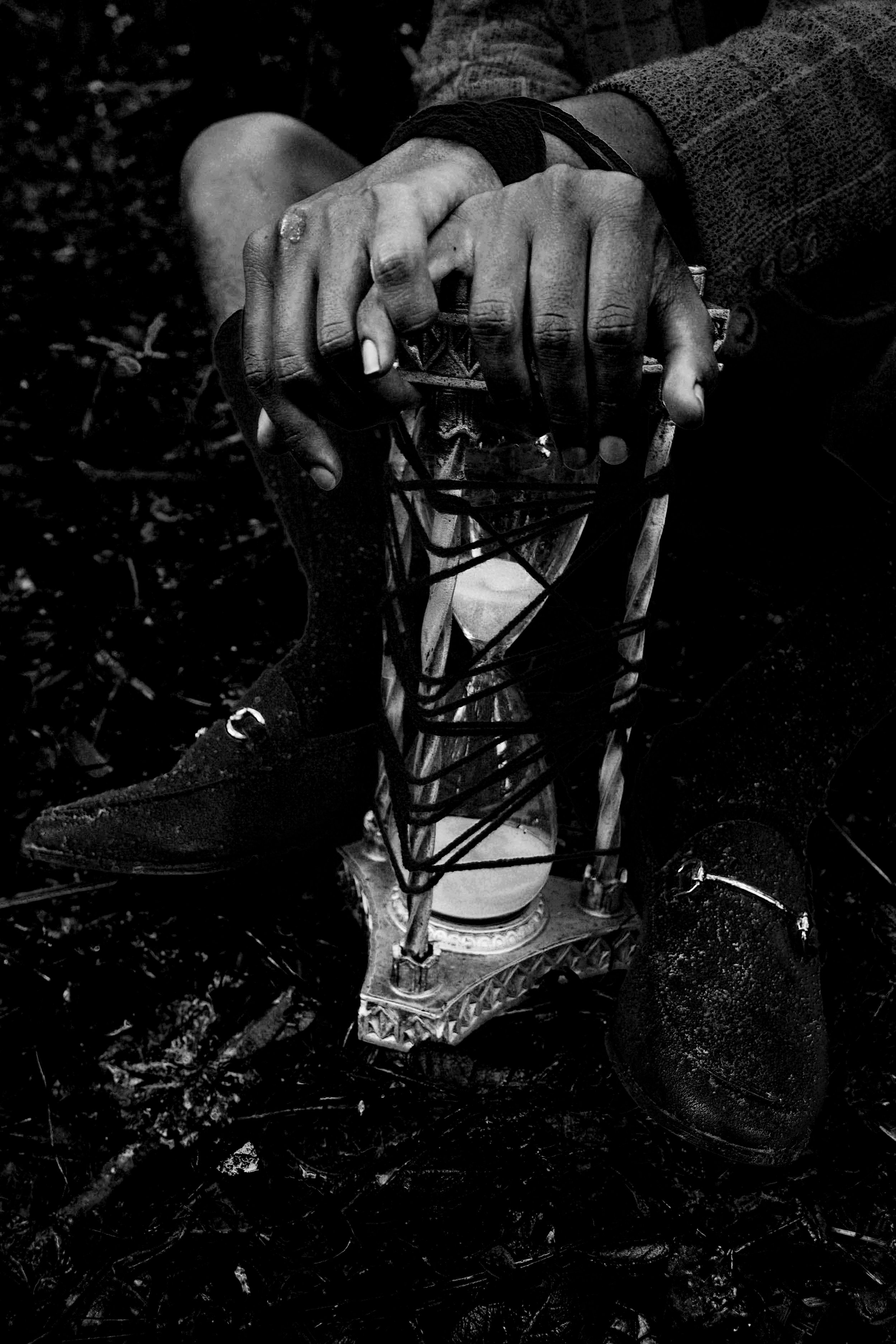Sneak Peak & Interview With Lexi Jude About Her Upcoming Photography And Poetry Book About The Taboo Normality’s And Unspoken Realities Of Her Transparent Youth
Uncomfortably raw, was the phrase I used describing my first book, This Is Where I Leave You: A Collection Of Poems And Photography From An Adolescent’s Transparent Youth.
I began writing this book in the deepest stages of my depression. I needed a place to immortalize all my transparent thoughts and dreams, both the euphoric and the unfortunate. I want to start a conversation and bring awareness to a lot these issues that do not get enough acknowledgment in society or the media.
But ultimately I needed a place to release to the demons inside me so they could be put to rest. I needed to know I controlled the uncontrollable that I could tam myself. I needed to acknowledge the beauty and pain that came from growing up and how that formed me into the person I am today.
I did not want to shy away from confronting and facing the taboo normality’s and unspoken realities relating to mental health that almost all adolescents face during their youth at some point.
This book is about battling, defeating, and concurring your inner demons. This book is about realizing you are not alone in your experiences throughout your life.
This book is about having a voice. This book is about having hope. This book is about survival.
“I thought bulimia was going to kill me,” was the oddest realization I have ever made, odd, because it did not scare me in the slightest. – “The Artist Analog Diaries”, This Is Where I Leave You: A Collection Of Poems And Photography From An Adolescent’s Transparent Youth.
LETTER TO THE READER
“This is a place to immortalize all of my transparent thoughts and dreams, both the euphonic and the unfortunate.
“The Artist Analog Diaries” holds a collection of twenty-one self-portraits and un-filtered thoughts throughout my youth that discusses sexuality, mental health, death, love, and trauma.
“I Am What I am; Beyond The Mask” holds seven original collages with the themes of identity and sexuality. These collages visually explain the struggle and the truth behind the mask I wore for so many years.
Thoughts From The Floor, thoughts prior and post recovery of my eating disorders.
“The Nefarious”, a place that holds suppressed emotions, silenced thoughts, wicked actions, and forgotten experiences; the ugly truths of mental illness, a confliction of self-identity, mournful relationships, and a loath-filled relationship with sexuality. “The Seize”, a place that holds the metamorphous of one's self.
This book is about the unspoken realities. This book is about the taboo normality’s. This book is about battling, defeating, and concurring your inner demons. This book is about realizing you are not alone in your experiences throughout your life. This book is about having a voice. This book is about having hope. This book is about survival. This book is for you. That is why I leave it for you.”
ARTIST INTERVIEW
Interviewer: What does your title This Is Where I Leave You: A Collection Of Poems And Photography From An Adolescent’s Transparent Youth originate?
“I created that title because I wanted a place to hold everything from my adolescence and I wanted to leave it there. I spent so much of life holding on to certain struggles, relationships, experiences, memories, and emotions it was draining and burdening me. I could not grow because I was holding on to things from the past. All of those things were influencing my future and mental health when they did not have too. Now I have fully acknowledged, understood, and let them go through creating this book.”
Interviewer: How did you decide on the sections of the book and what can we expect from reading each section, “The Artist Analog Diaries”, “I Am What I am; Beyond The Mask”, “Thoughts From The Floor”, and “The Nefarious and The Seize”?
“My biggest fear was my reflection of how I couldn’t escape my skin,’ was a line I wrote in “The Artist Analog Diaries” so what would be more brave and badass to prove myself wrong than to create a section of the book just of self-portraits from the ages of nineteen to twenty-one that discuss those exact struggles.
The artist Claude Cahun inspired “I Am What I am; Beyond The Mask”. I knew I wanted to create something that combined self-portraiture with collage telling the narrative of battling sexuality and identity.
The bathroom floor was very familiar to me when I was seventeen, so that is where “Thoughts From The Floor” came from. I battled and surrendered to a lot of inner demons on that floor. I wanted to show the progression I made through the thoughts I had sitting on my floor prior and post recovery.
I fell in love with the word nefarious before I even knew what it meant and then it fit so perfectly I had to have it in the name of the poetry section. I really liked the word seize because I am at a place in my life now where I do genuinely believe a lot of the struggles I discuss in the book have seized and how I am able to breathe.”
Interviewer: Do you have a favorite section or one that is more powerful than others?
“I think they are pretty powerful on their own. The subject matter of each section is so drastically different from the last and holds a powerful story and lesson that I do not think one is more dominant over the other. They all have a purpose and place equally as important to the narrative as a whole.”
Interviewer: What can we expect from your photography?
“Peculiar black and white self-portraiture and photographs that have a lot of heavy subject matter with dark underlying messages. I am fascinated and admire a lot of black and white analog photographers ranging from the 1920’s to the 1960’s. They created rather uncomfortable and strange work with complex themes. Francesca Woodman, Claude Cahun, Ralph Eugene Meatyard, and Man Ray are the artist that have influenced my work and have made it into the artist I am today. Expect a range of weird.”
Interviewer: Is your photography more conceptual or technical?
“Both. You have to understand the technical components to create a certain narrative with your photograph. But with that said I am a very conceptual artist that highly relies on technical aspects to create my realms, characters, and narratives. I get very intense I write all the ideas, concepts, titles, artist statements, and sketch out each photograph idea. I want to transport the viewer into a different realm or emotional state with my narratives. I try to either make the narrative of the work very blunt and obvious or I leave it totally up for interpretation. But almost always there is a purpose and conceptual meaning. I create art because I want to make a connection with the narrative I chose to tell through my photography and writing.”
Interviewer: How did you come up with the concept, both containing photography, and poetry?
“They are my absolute favorite forms of art. I have not discovered a lot of poetry books that incorporate photography so I wanted to create a project that would incorporate both in a complimentary way.”
Interviewer: Was it hard for you to be that vulnerable and transparent with subject matters and themes so personal?
“At first it was, but now I do not think twice about it. I think that if my writing or photography can connect and help one person understand or face their struggles it is worth it. They have to know survival or recovery is possible. There is an empowering feeling when you choose to be so honest with yourself because in a way you are free.”
Interviewer: If you had to describe your book in one word or phrase what would it be? Why do did you decide that description?
“Uncomfortably raw – I think a lot of the subject matters I discuss in the book, eating disorders, depression, anxiety, trauma, loss, broken relationships, self-love, sex, body dysmorphia, and sexuality has the ability to make a person uncomfortable. The unfiltered and vulnerable tone or emotion when discussing those subject matters have the potential to make someone uncomfortable because then the reader has to acknowledge the truth. I am so raw in this book because these issues are too ‘taboo’ to discuss in our everyday lives, in society, and in mainstream media and that is not acceptable anymore. There needs to be a change.”
Interviewer: Who is your target audience?
“There is no label for the target audience. You do not have to meet certain criteria to relate and understand this book. Mental health universal it does not target a certain audience, it affects everyone. Everyone should read this book. Even if you cannot fully relate to the subject matter, you can start understanding it clearer from someone who has experienced it first hand. It is important to acknowledge, understand, discuss, and accept these things. Talking about sex should not be taboo. Talking about your sexuality should not be taboo. Talking about mental health should not be taboo. You have to be willing to listen and acknowledge the truth. And through that, we start a conversation and create a community. We start to help and accept each other by understanding each other’s stories.”
Interviewer: Do you have a favorite poem? Can you tell us the story behind it?
“I am going to pick two. ‘Trapped in her thoughts that thrives off the echoes of her distorted screams. Footprints viciously dampened into rotted roots of the floor, she has gone – her mind went still She stands in her asylum. Eyes went black and still.’ and ‘Bloodily plumed stained knuckles bite and scratch the unbothered walls of her innocence. A crimson coat soaks the guilty crevasses of her hands; tiptoes slowly. Staining the rippling pool of her reflection, she cannot come back from this.’
Both poems are about bulimia but they have different perspectives. The first one is about the mental routine one goes through while being in the mindset of a bulimic and the other is the physical routine of bulimia.”
You can pre-order my Ebook on Amazon and print version coming soon.
Follow my artistic journey: WEBSITE / INSTAGRAM / FACEBOOK
Coverage by Alexis Karr
For upcoming events and artists features, follow SoundBite Magazine on Instagram, Twitter, Facebook, and YouTube. If you would like to be feature your event, art, music, or company on SoundBite Magazine, please contact soundbitemag@gmail.com for features and promotional inquiries.
Images may not be used, modified, or cropped without permission from SoundBite Magazine. Please contact SoundBite Magazine for use of photography.

